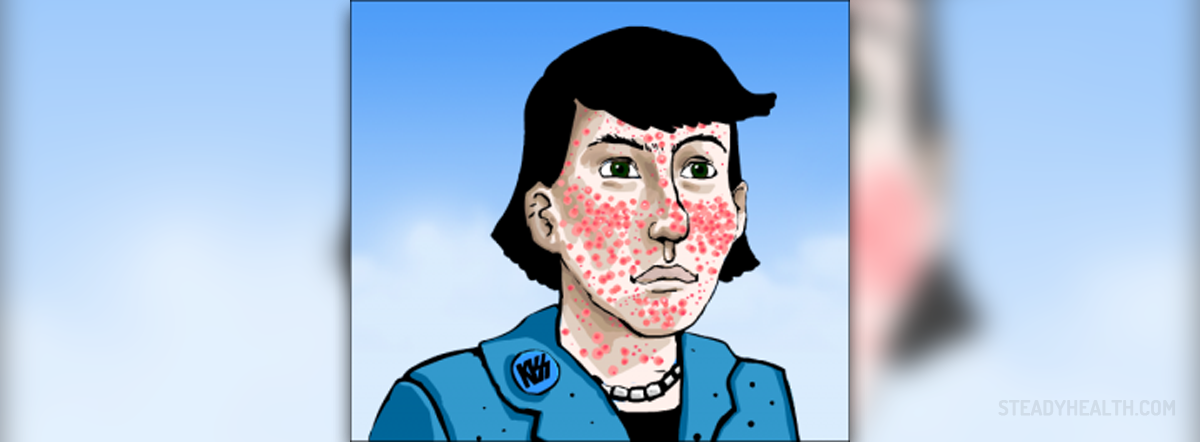
Acne is one of the most frustrating problems in the adolescence, and unfortunately it does not necessarily stop in the adulthood. Acne looks unattractive and often leaves scars, and they can be quite persistent.
Acne is mostly caused by the overactive sebaceous glands that clog the skin pores. They can be non-inflammatory or inflammatory, and the latter are considered severe.
One of the worst types of acne an inflammatory form called pustular acne, popularly called zits. They consist of a white center surrounded by red skin. Mild acne usually go away with time causing no further complications, but pustular acne requires therapeutic approach. They are not dangerous, but they can leave scars and they certainly look unsightly, which is why it is better to treat them on time.
Causes of pustular acne
Causes of pustular acne are the same as the causes of other types of acne. This means that excess oil produced by the sebaceous glands, called sebum, blocks the pores, leading to inflammation and swelling.
When the clogged pores become infected, the body’s immune response includes white blood cells which deposit on the site in the form of pus. Pus is basically a mixture of bacteria, white blood cells and dead skin.
Pustular acne is slightly raised from the skin’s surface, shaped like a dome with white or yellow formation in the middle. If the inflammation is not cured on time, pustular acne can transform into nodular pustular acne.
With proper treatment, pustular acne can go away without leaving a scar. However, if they are touched, squeezed and irritated, it can aggravate the inflammation and leave a scar that is hard or impossible to repair.
Treatment for pustular acne
Like any other health problem, pustular acne is better prevented than cured. Proper skin care can reduce the risk of acne; however this is not always possible.
One way to treat pustular acne is to follow a skin care regimen based on cosmetic products, like soaps, cleansers and lotions that contain salicylic acid or benzoyl peroxide.
A trip to the dermatologist’s office can save a person a lot of trouble, as there are prescription-only topical medications that are very effective against pustular acne. In severe cases, oral antibiotics may be prescribed too.
It is very important not to pop or scratch the pimples because it can cause a secondary infection and it increases the risk of scarring. The face should be touched only when washing it and applying the acne products and medications. This is an excellent form of acne prevention too.


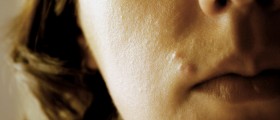

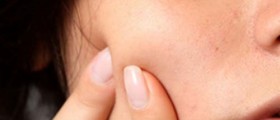
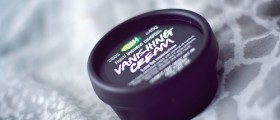
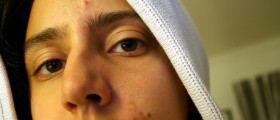
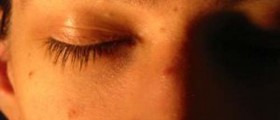
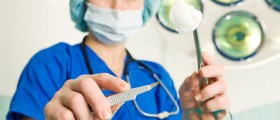





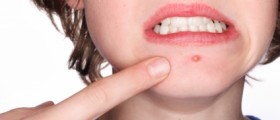
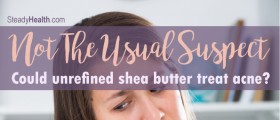

Your thoughts on this
Loading...